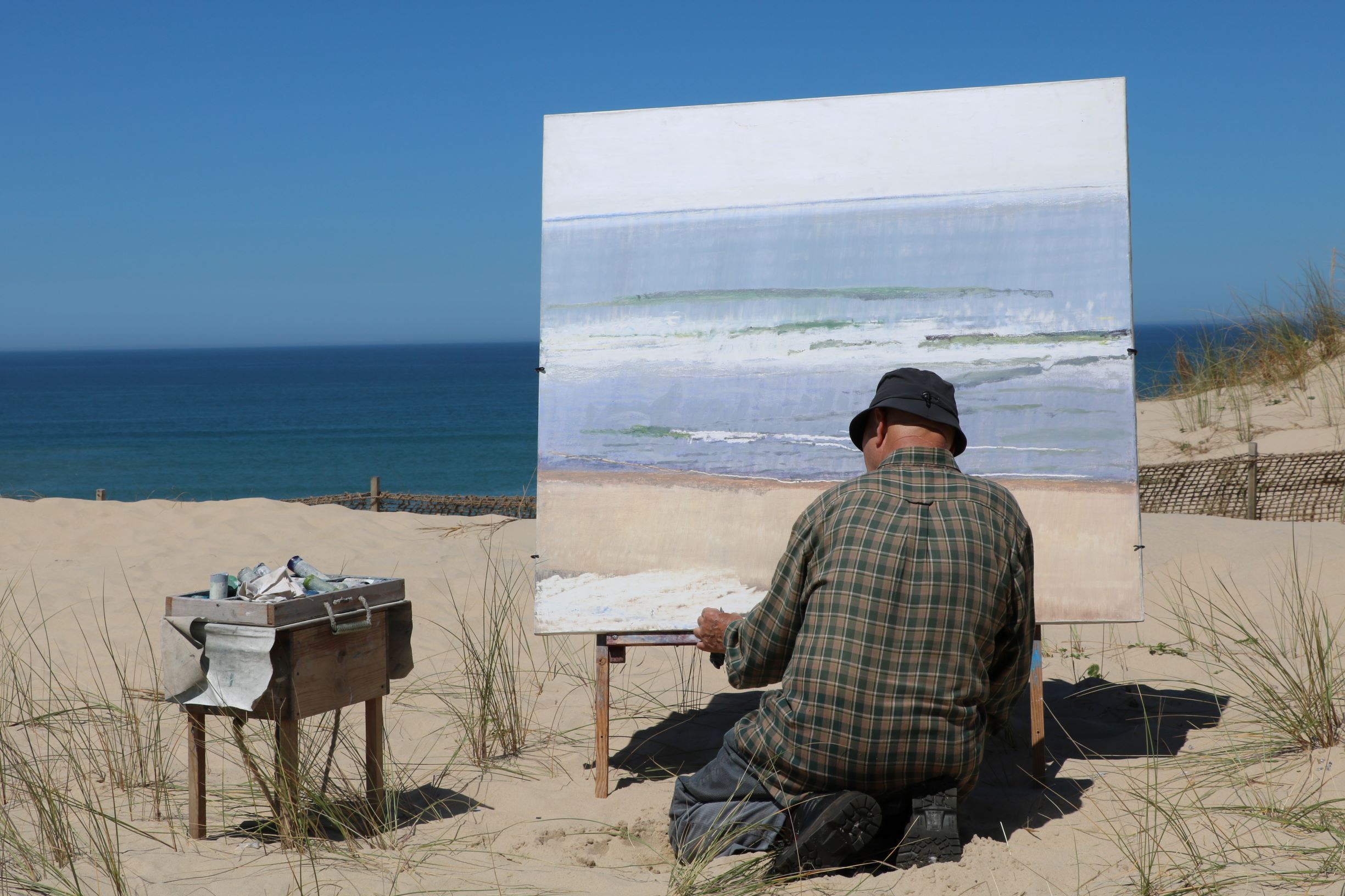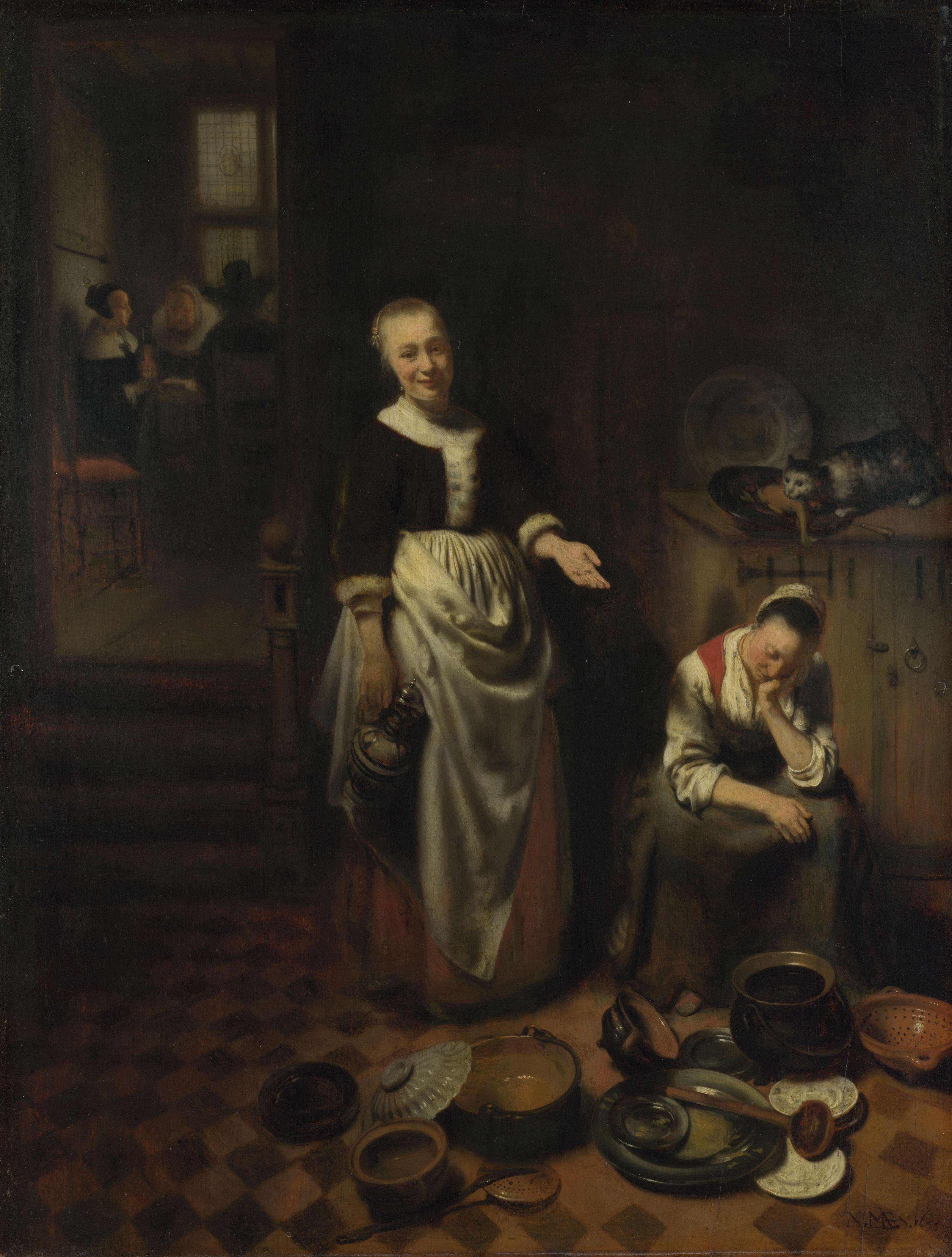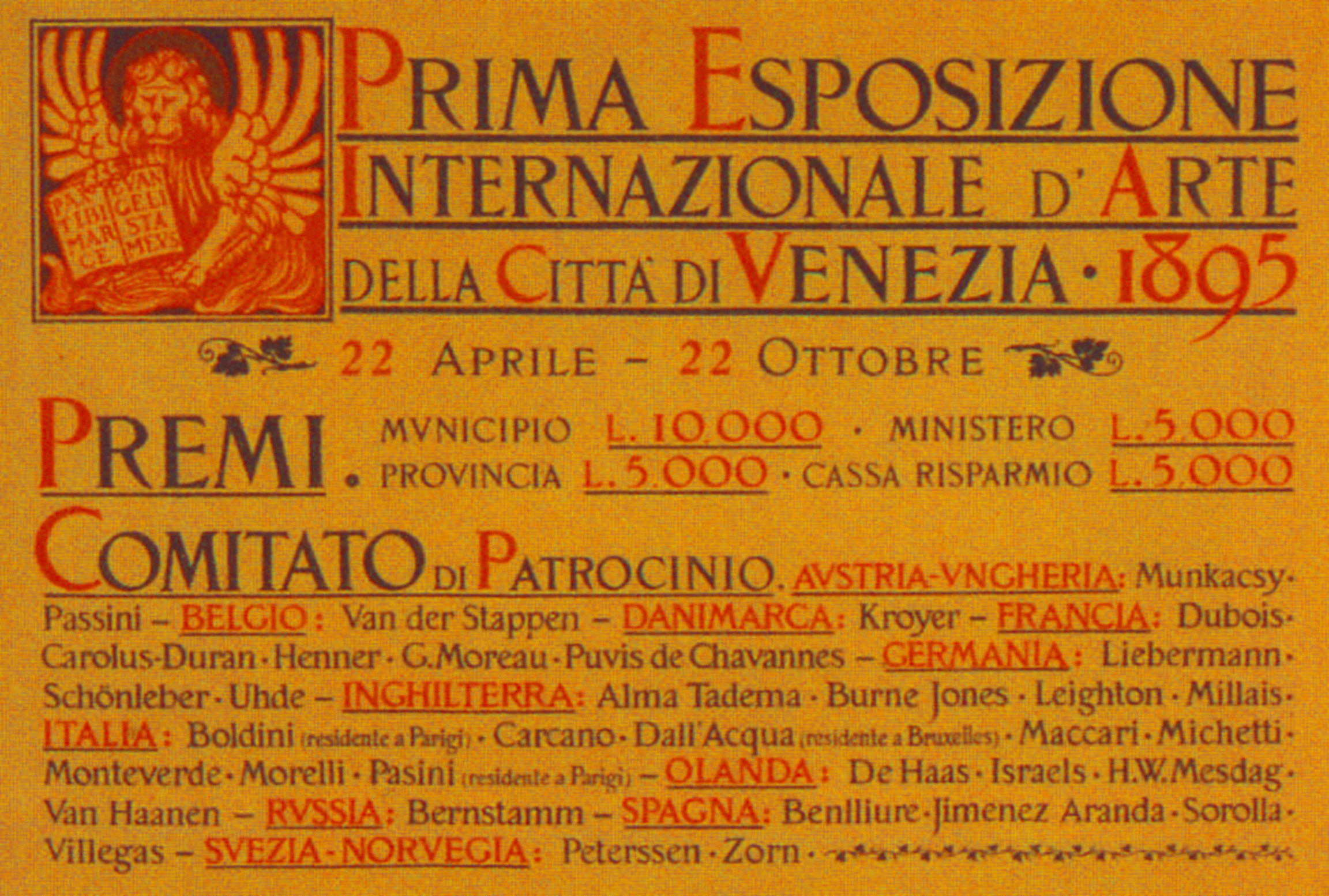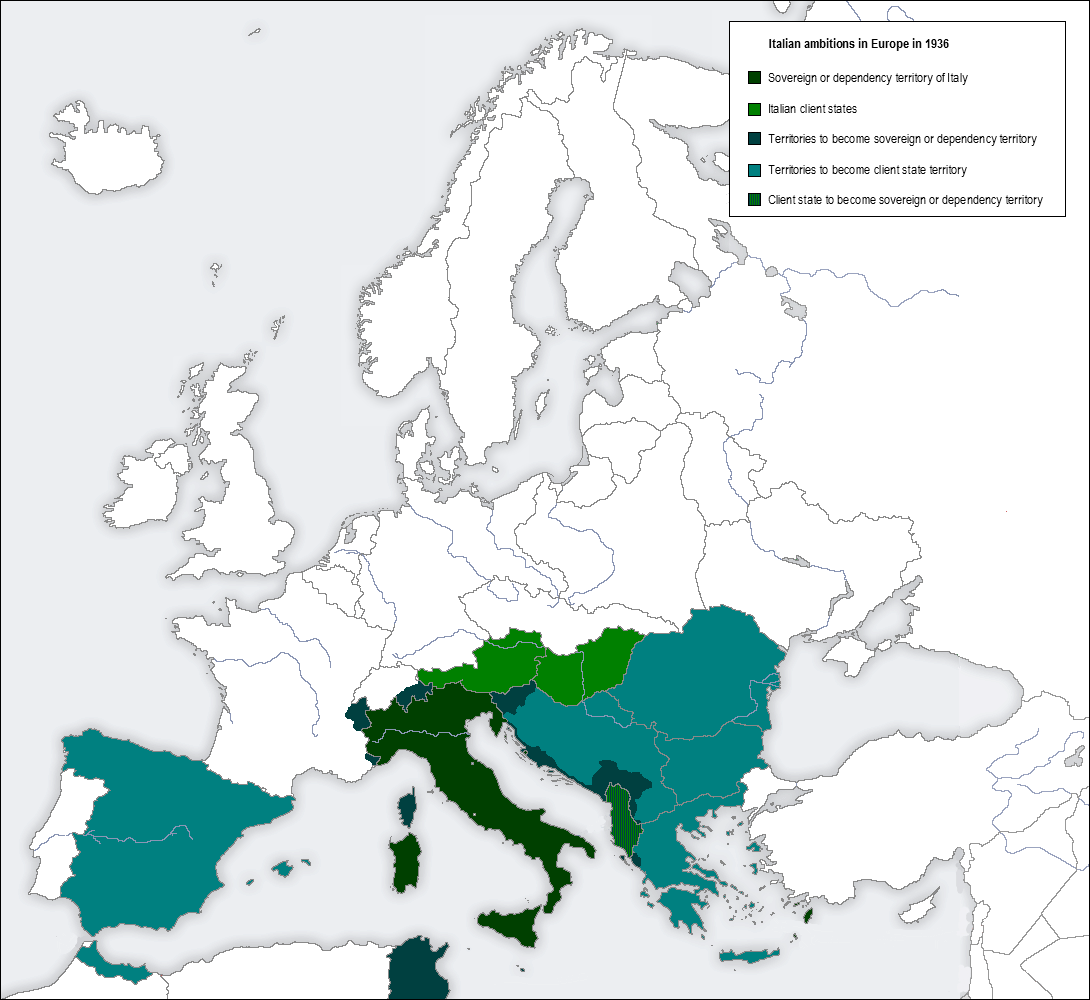|
Thalia Flora-Karavia
Thalia Flora-Karavia (, 1871–1960) was a Greek artist and member of the Munich School who was best known for her sketches of soldiers at war. Life Thalia Flora was born in 1871 in Siatista, Western Macedonia. In 1874 she moved with her family to Istanbul. There she obtained a scholarship that let her study from 1883 to 1888 at the Zappeion School for Girls. After graduating she worked as a teacher for a year. She decided to study painting and in 1895 moved to Munich where she worked with Georgios Jakobides (1853–1932) and Nikolaos Gyzis (1842–1901). As a woman she was unable to attend the Munich Academy of Fine Arts, but instead took courses in design and painting in a private school. She studied beside artists such as Nikolaos Vokos (1859–1902), Paul Nauen (1859–1932), Anton Ažbe (1862–1905) and Walter Thor (1870–1929). She returned to Istanbul in 1898, then went back to Munich until 1900. Flora traveled to various cities in Europe. In 1906 she staged a joint e ... [...More Info...] [...Related Items...] OR: [Wikipedia] [Google] [Baidu] |
Siatista
Siatista () is a town and a former Communities and Municipalities of Greece, municipality in Kozani (regional unit), Kozani regional unit, Western Macedonia, Greece. Since the 2011 local government reform it is part of the municipality Voio (municipality), Voio, of which it is the seat and a municipal unit. It lies southwest of Kozani. The municipal unit has an area of 158.524 km2, the community 94.426 km2. The 2021 Greek census recorded 5,057 residents in the town and 5,645 in the municipal unit. It was built on the austral slope of the Velia mountain on an (average) height of . Administrative division The municipal unit of Siatista consists of the following municipal communities (populations as of 2021): *Siatista, population 5,057 *Mikrokastro, population 368 *Palaiokastro, Kozani, Palaiokastro, population 220 The municipal community of Palaiokastro comprises two settlements: Palaiokastro and Dafnero. History The first name of the city was Kalyvia. This name ... [...More Info...] [...Related Items...] OR: [Wikipedia] [Google] [Baidu] |
Balkan Wars
The Balkan Wars were two conflicts that took place in the Balkans, Balkan states in 1912 and 1913. In the First Balkan War, the four Balkan states of Kingdom of Greece (Glücksburg), Greece, Kingdom of Serbia, Serbia, Kingdom of Montenegro, Montenegro and Kingdom of Bulgaria, Bulgaria declared war upon the Ottoman Empire and defeated it, in the process stripping the Ottomans of their European provinces, leaving only East Thrace, Eastern Thrace under Ottoman control. In the Second Balkan War, Bulgaria fought against the other four combatants of the first war. It also faced an attack from Kingdom of Romania, Romania from the north. The Ottoman Empire lost the bulk of its territory in Europe. Although not involved as a combatant, Austria-Hungary became relatively weaker as a much enlarged Serbia pushed for union of the South Slavs, Slavic peoples. The war set the stage for the July Crisis, July crisis of 1914 and as a prelude to the First World War. By the early 20th century, Bul ... [...More Info...] [...Related Items...] OR: [Wikipedia] [Google] [Baidu] |
Municipal Art Gallery Of Ioannina
A municipality is usually a single administrative division having corporate status and powers of self-government or jurisdiction as granted by national and regional laws to which it is subordinate. The term ''municipality'' may also mean the governing body of a given municipality. A municipality is a general-purpose administrative subdivision, as opposed to a special-purpose district. The English word is derived from French , which in turn derives from the Latin , based on the word for social contract (), referring originally to the Latin communities that supplied Rome with troops in exchange for their own incorporation into the Roman state (granting Roman citizenship to the inhabitants) while permitting the communities to retain their own local governments (a limited autonomy). A municipality can be any political jurisdiction, from a sovereign state such as the Principality of Monaco, to a small village such as West Hampton Dunes, New York. The territory over which a muni ... [...More Info...] [...Related Items...] OR: [Wikipedia] [Google] [Baidu] |
Constantine I Of Greece
Constantine I (, Romanization, romanized: ''Konstantínos I''; – 11 January 1923) was King of Greece from 18 March 1913 to 11 June 1917 and again from 19 December 1920 to 27 September 1922. He was commander-in-chief of the Hellenic Army during the unsuccessful Greco-Turkish War (1897), Greco-Turkish War of 1897 and led the Greek forces during the successful Balkan Wars of 1912–1913, in which Greece expanded to include Thessaloniki, doubling in area and population. The eldest son of George I of Greece, he succeeded to the throne following his father's assassination in 1913. Constantine's disagreement with Prime Minister Eleftherios Venizelos over whether Greece should enter World War I led to the National Schism. Under Allied duress, the country was essentially split between the pro-Venizelos North and the royalist South, ushering in a protracted civil war. He forced Venizelos to resign twice, but in 1917 Constantine left Greece, after threats by the Allies of World War I, ... [...More Info...] [...Related Items...] OR: [Wikipedia] [Google] [Baidu] |
Battle Of Bizani
The Battle of Bizani (, ''Máchi tou Bizaníou''; ) took place in Epirus on . The battle was fought between Greek and Ottoman forces during the last stages of the First Balkan War, and revolved around the forts of Bizani, which covered the approaches to Ioannina, the largest city in the region. At the outbreak of the war, the Hellenic Army on the Epirus front did not have the numbers to initiate an offensive against the German-designed defensive positions in Bizani. However, after the campaign in Macedonia was over, many Greek troops were redeployed to Epirus, where Crown Prince Constantine himself assumed command. In the battle that followed the Ottoman positions were breached and Ioannina taken. Despite having a slight numerical advantage, this was not the decisive factor in the Greek victory. Rather, "solid operational planning" by the Greeks was key as it helped them implement a well-coordinated and executed assault that did not allow the Ottoman forces time to react. Fur ... [...More Info...] [...Related Items...] OR: [Wikipedia] [Google] [Baidu] |
War Museum Of Athens
The Athens War Museum () is the military museum of the Greek Armed Forces. It is located at the Athens city center and it is served by the Athens Metro station of Evangelismos. Established in 1975, the museum hosts collections that span the period from antiquity through the modern times. History In 1964 the Greek Government decided to create a war museum, which was finally founded in 1969. The design of the museum was undertaken by a team of distinguished architects, headed by Professor Thucydides Valentis of the National Technical University of Athens (N.T.U.A). The building was erected in 1972 based on the modern trends of the time, with influences from the Bauhaus school. The museum was inaugurated on July 18, 1975, by the President of the Hellenic Republic Konstantinos Tsatsos and the Minister of Defense Evangelos Averoff. The War Museum has established branches in Thessaloniki, Chania, Rethymno, Nauplion, Tripoli, Kalamata and Chalkida. The house museum of Genera ... [...More Info...] [...Related Items...] OR: [Wikipedia] [Google] [Baidu] |
En Plein Air
''En plein air'' (; French language, French for 'outdoors'), or plein-air painting, is the act of painting outdoors. This method contrasts with studio painting or academic rules that might create a predetermined look. The theory of 'En plein air' painting is credited to Pierre-Henri de Valenciennes (1750–1819), first expounded in a treatise titled ''Reflections and Advice to a Student on Painting, Particularly on Landscape'' (1800), where he developed the concept of landscape portraiture by which the artist paints directly onto canvas ''in situ'' within the landscape. It enabled the artist to better capture the changing details of weather and light. The invention of portable canvases and easels allowed the practice to develop, particularly in France, and in the early 1830s the Barbizon School of painting in natural light was highly influential. Amongst the most prominent features of this school were its tonal qualities, colour, loose brushwork, and softness of form. These wer ... [...More Info...] [...Related Items...] OR: [Wikipedia] [Google] [Baidu] |
Genre Scenes
Genre art is the pictorial representation in any of various media of scenes or events from everyday life, such as markets, domestic settings, interiors, parties, inn scenes, work, and street scenes. Such representations (also called genre works, genre scenes, or genre views) may be realistic, imagined, or romanticized by the artist. Some variations of the term ''genre art'' specify the medium or type of visual work, as in ''genre painting'', ''genre prints'', ''genre photographs'', and so on. The following concentrates on painting, but genre motifs were also extremely popular in many forms of the decorative arts, especially from the Rococo of the early 18th century onwards. Single figures or small groups decorated a huge variety of objects such as porcelain, furniture, wallpaper, and textiles. Genre painting ''Genre painting'', also called ''genre scene'' or ''petit genre'', depicts aspects of everyday life by portraying ordinary people engaged in common activities. One commo ... [...More Info...] [...Related Items...] OR: [Wikipedia] [Google] [Baidu] |
Venice Biennale
The Venice Biennale ( ; ) is an international cultural exhibition hosted annually in Venice, Italy. There are two main components of the festival, known as the Art Biennale () and the Venice Biennale of Architecture, Architecture Biennale (), which are held in alternating years (hence the name). There are also four additional components, each usually held on an annual basis, comprising , , Venice Film Festival, and Venice Dance Biennale. Between them they cover contemporary art, architecture, music, theatre, film, and contemporary dance. The main exhibition is held in Castello, Venice, Castello and has around 30 permanent pavilions built by different countries. The Biennale has been organised every year since 1895, which makes it the oldest of its kind. Since 2021, the Art Biennale has taken place in even years and the Architecture Biennale in odd years. History 1895–1947 On 19 April 1893, the Venetian City Council passed a resolution to set up an biennial exhibition of I ... [...More Info...] [...Related Items...] OR: [Wikipedia] [Google] [Baidu] |
Exposition Universelle (1900)
The Exposition Universelle of 1900 (), better known in English as the 1900 Paris Exposition, was a world's fair held in Paris, France, from 14 April to 12 November 1900, to celebrate the achievements of the past century and to accelerate development into the next. It was the sixth of ten major expositions held in the city between 1855 and 1937. It was held at the esplanade of Les Invalides, the Champ de Mars, the Trocadéro and at the banks of the Seine between them, with an additional section in the Bois de Vincennes, and it was visited by more than fifty million people. Many international congresses and other events were held within the framework of the exposition, including the 1900 Summer Olympics. Many technological innovations were displayed at the Fair, including the '' Grande Roue de Paris'' ferris wheel, the '' Rue de l'Avenir'' moving sidewalk, the first ever regular passenger trolleybus line, escalators, diesel engines, electric cars, dry cell batteries, electr ... [...More Info...] [...Related Items...] OR: [Wikipedia] [Google] [Baidu] |
Greece
Greece, officially the Hellenic Republic, is a country in Southeast Europe. Located on the southern tip of the Balkan peninsula, it shares land borders with Albania to the northwest, North Macedonia and Bulgaria to the north, and Turkey to the east. The Aegean Sea lies to the east of the Geography of Greece, mainland, the Ionian Sea to the west, and the Sea of Crete and the Mediterranean Sea to the south. Greece has the longest coastline on the Mediterranean Basin, spanning List of islands of Greece, thousands of islands and nine Geographic regions of Greece, traditional geographic regions. It has a population of over 10 million. Athens is the nation's capital and List of cities and towns in Greece, largest city, followed by Thessaloniki and Patras. Greece is considered the cradle of Western culture, Western civilisation and the birthplace of Athenian democracy, democracy, Western philosophy, Western literature, historiography, political science, major History of science in cl ... [...More Info...] [...Related Items...] OR: [Wikipedia] [Google] [Baidu] |
Greco-Italian War
The Greco-Italian War (), also called the Italo-Greek War, Italian campaign in Greece, Italian invasion of Greece, and War of '40 in Greece, took place between Italy and Greece from 28 October 1940 to 23 April 1941. This conflict began the Balkans campaign of World War II between the Axis powers and the Allies, and eventually turned into the Battle of Greece with British and German involvement. On 10 June 1940, Italy declared war on France and the United Kingdom. By September 1940, the Italians had invaded France, British Somaliland and Egypt. This was followed by a hostile press campaign in Italy against Greece, accused of being a British ally. A number of provocations culminated in the sinking of the Greek light cruiser ''Elli'' by the Italians on 15 August. On 28 October, Mussolini issued an ultimatum to Greece demanding the cession of Greek territory, which the Prime Minister of Greece, Ioannis Metaxas, rejected. Italy's invasion of Greece, launched with the divisions of ... [...More Info...] [...Related Items...] OR: [Wikipedia] [Google] [Baidu] |








